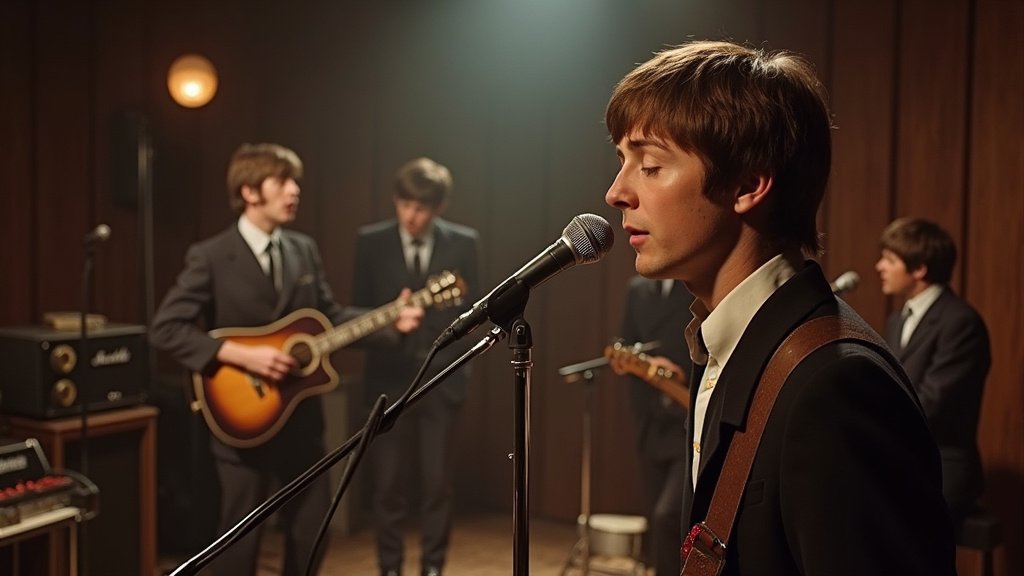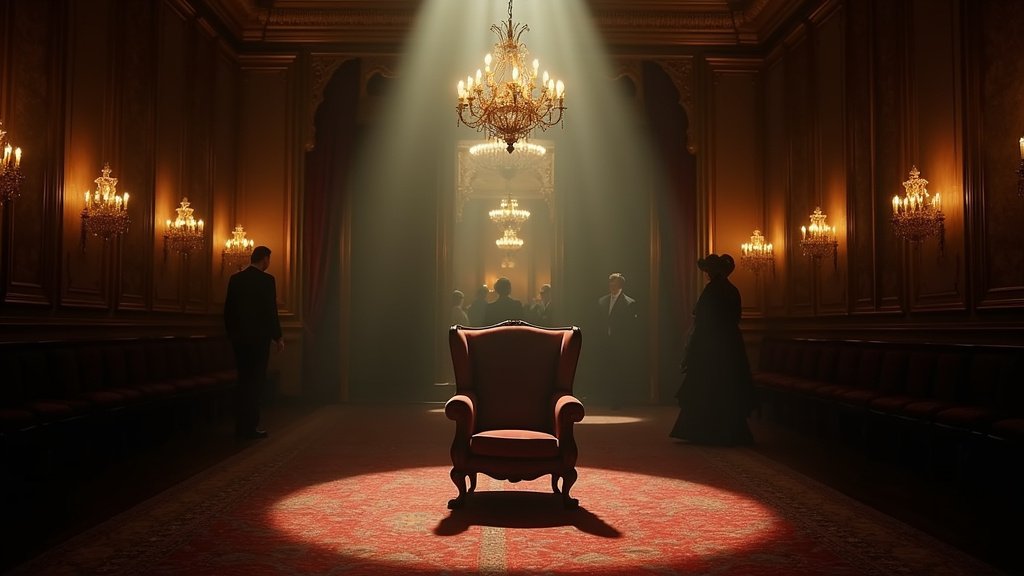Paul McCartney, a living legend of the music industry, recently shared a candid reflection on The Beatles’ very first studio recording of “Love Me Do,” a song he penned as a teenager. Even decades later, McCartney admits he can still distinctly hear the youthful nervousness in his voice on the iconic track, a testament to the raw, unpolished beginnings of a band that would conquer the world.
The Song That Started It All
“Love Me Do,” released on October 5, 1962, marked The Beatles’ official debut single. Interestingly, the song was written by Paul McCartney when he was just 16 years old, years before the band achieved global fame. John Lennon himself confirmed that McCartney had written the main structure of the song prior to their formative years as The Beatles. This early composition demonstrated a maturity beyond his years, showcasing the nascent songwriting talent that would define his career and the band’s legacy.
A First-Time Vocalist’s Jitters
The recording session for “Love Me Do” was a pivotal moment not only for the band but particularly for McCartney. It was his first time taking the lead vocal in a professional studio setting. Prior to this, John Lennon had predominantly handled lead vocal duties. This new responsibility, coupled with the pressure of their first official recording for EMI, left McCartney feeling acutely nervous. He recalled that producer George Martin asked him to sing the prominent “Love Me Do” line, a part that had previously been sung by Lennon, who would then transition to playing the harmonica. McCartney described this as a moment that gave him “the screaming heebie-jeebies,” feeling a significant weight as the spotlight turned to him for this crucial vocal passage.
George Martin’s Guiding Hand and the Signature Harmonica
Producer George Martin played an instrumental role in shaping “Love Me Do” into the hit it became. He was particularly drawn to the song’s harmonica sound, a bluesy element reminiscent of artists he admired. Martin suggested that John Lennon incorporate a harmonica riff, a decision that added a distinctive texture to the track. Lennon, who had learned to play the harmonica as a child and famously used an instrument stolen from a music shop in Arnhem, Netherlands, delivered a memorable performance. The arrangement was carefully crafted; Martin, noticing that Lennon singing and playing the harmonica simultaneously would cut off lyrics, ingeniously shifted the lead vocal for the title phrase to McCartney, allowing Lennon to focus on his harmonica solo. This collaborative adjustment was key to the song’s unique sound.
A Studio Debut with Multiple Takes
The journey to the final “Love Me Do” single involved several recording sessions and even different drummers. The initial recordings featured Pete Best on drums, but after he was replaced by Ringo Starr, new versions were made. A version with Starr was recorded on September 4, 1962, and was initially considered for release. However, a subsequent session on September 11, 1962, featured session drummer Andy White, with Starr relegated to tambourine. The version ultimately released as the UK single on October 5, 1962, featured Starr on drums. The song’s journey from composition to chart-bound single was a meticulous process guided by Martin and the band’s evolving lineup.
Charting a Course for Success
Despite McCartney’s initial studio nerves, “Love Me Do” proved to be a success. It peaked at number 17 on the UK Singles Chart, a significant achievement for a debut release. The song’s popularity extended internationally, topping the charts in Australia and New Zealand, and reaching number one in the United States in 1964. This early success provided a crucial boost of confidence for The Beatles and solidified their path in the burgeoning music scene. The song’s enduring appeal continues to resonate, with discussions about early Beatles music and their songwriting process trending among fans globally, even generating interest in places like Los Angeles.
An Enduring Legacy
Paul McCartney’s recollection of his nervousness on “Love Me Do” offers a fascinating glimpse into the vulnerability behind the creation of such a monumental piece of music. It underscores the human element within the legendary “Fab Four” and highlights the pivotal role of George Martin in transforming raw talent into chart-topping success. The song remains a cornerstone of The Beatles’ catalog, a reminder that even the most seasoned artists carry the echoes of their earliest, most nerve-wracking moments, turning youthful anxiety into timeless music news.





